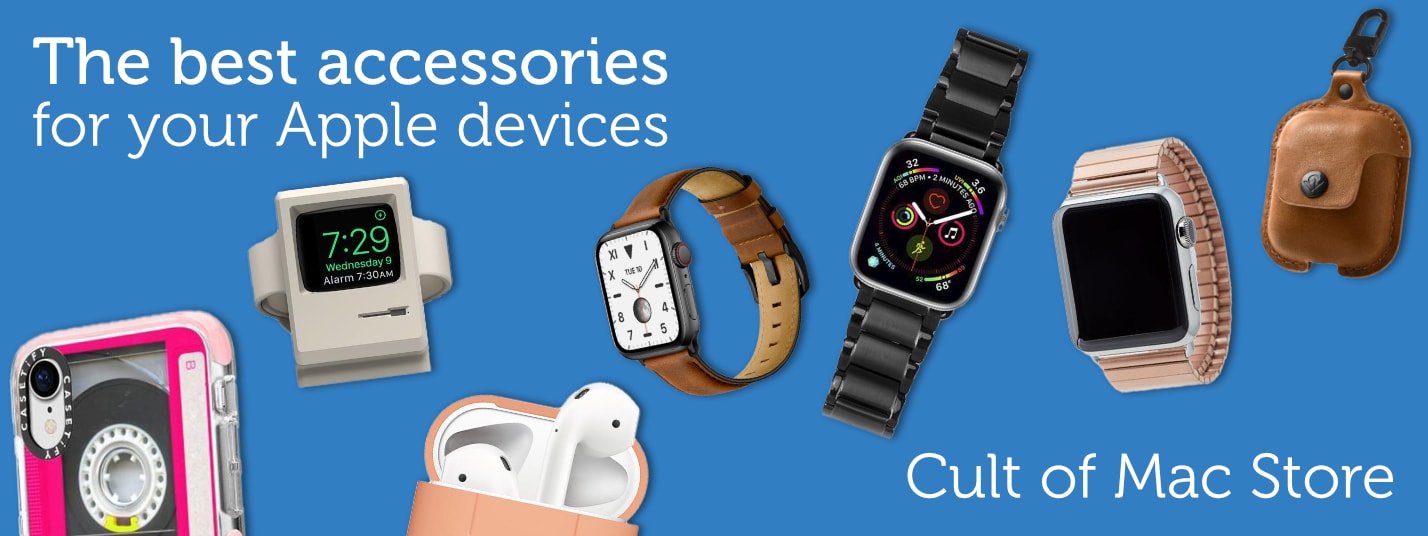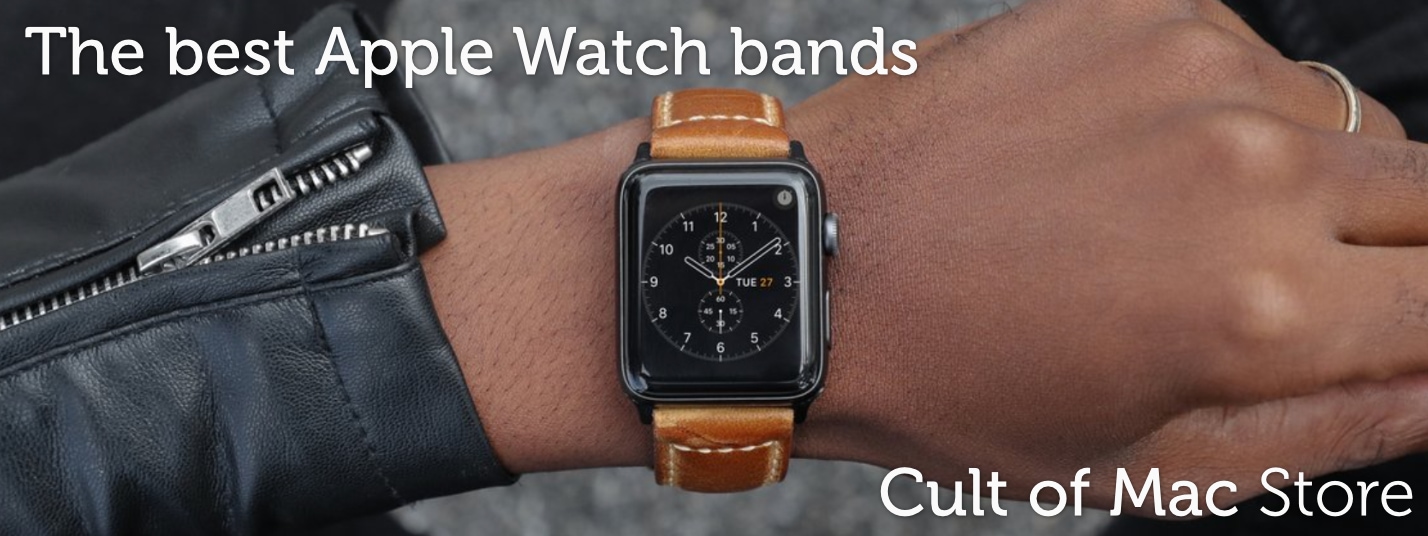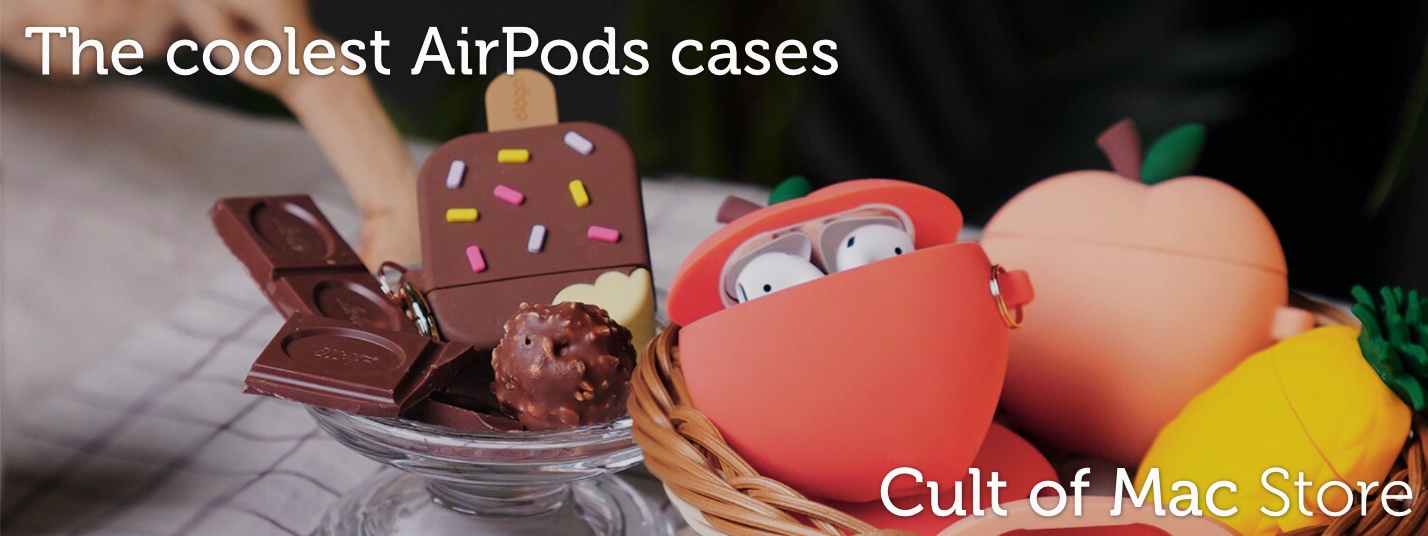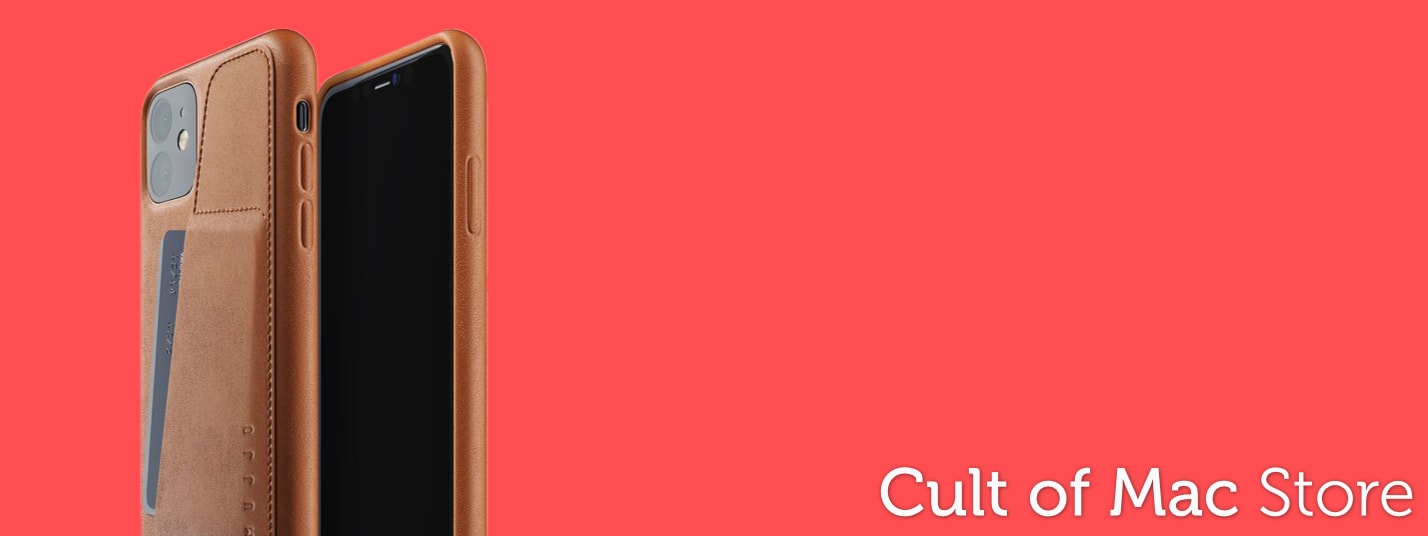-
How to rename your Apple devices so you can tell them apart
How to rename your Apple devices so you can tell them apart
By D. Griffin Jones · May 1, 2024You can change the name of your Apple devices, whether you have an iPhone, iPad, Apple Watch, Mac or AirPods. more...
-
iPhone alarm on Challengers soundtrack drives people nuts
By David Snow · May 1, 2024 -
Expect dismal iPhone sales but hints of AI in Apple quarterly results
By Ed Hardy · May 1, 2024 -
Hate earbuds? Edifier’s new sport headphones are for you. [Review] ★★★☆☆
By David Snow · May 1, 2024 -
Not all monitor light bars are created equal [Setups]
By David Snow · May 1, 2024
Latest Posts
-
- Daily Deals
iPhone charger with built-in battery pack looks totally sci-fi
By David Snow · May 1, 2024 -
- News
Jake Gyllenhaal looks guilty as hell in Presumed Innocent trailer
By David Snow · May 1, 2024 -
- Daily Deals
Amazon matches record-low prices on coveted Apple gear
By David Snow · April 30, 2024 -
- How-To
How to make a custom ringtone on your iPhone
By D. Griffin Jones · April 29, 2024
-
AI tax app that can find every deduction is a lifesaver for freelancers
-
Popular low-cost noise-canceling earbuds get spatial audio
-
Ekster Finder Card makes your wallet findable with iPhone
-
Family needs inspire 3 Swift Student Challenge winners
-
Today in Apple history: iTunes puts the hurt on DVDs
-
Control your air conditioner with your iPhone and this smart thermostat
-
Epic animated adventure WondLa coming to Apple TV+ this summer
-
iOS 17.5 will simplify submitting your iPhone for repair
-
$50 bundle gets you Microsoft Office Pro Plus 2019 and Windows 11 Pro
-
Assassin’s Creed Mirage sneaks onto iPhone in June
Popular Now
-
How to make a custom ringtone on your iPhone
-
Users report mysteriously being locked out of Apple ID accounts
-
New net neutrality rules should end mobile video throttling
-
Amazon matches record-low prices on coveted Apple gear [Deals]
-
How to remove an Apple ID from an iPhone without the password [Sponsored]
-
iPad lets Ukraine fly Soviet-era planes into combat
-
Take an early look at larger, 6.9-inch iPhone 16 Pro Max
-
Powerful MacBook Pro plays nice with PC [Setups]
-
Not just you: iPhone wake-up alarms are failing to go off
How-Tos and Tips
-
- How-To
How to check iPad battery health
By Ed Hardy · April 26, 2024 -
- How-To
How to use Delta, the iPhone game emulator
By D. Griffin Jones · April 23, 2024 -
- How-To
How and why to use iPhone Stolen Device Protection
By Ed Hardy · April 18, 2024 -
- How-To
5 essential Mac settings you should change
By Rajesh Pandey · April 13, 2024 -
- How-To
Share passwords with your family on iPhone
By D. Griffin Jones · April 3, 2024 -
- How-To
These are the best and coolest Apple Watch faces
By D. Griffin Jones · March 16, 2024
Cult of Mac Giveaways
Win a rugged and waterproof Apple Watch sport band
Got an Apple Watch? Then you should enter our giveaway to win a tough-but-beautiful Lululook Waterproof FKM Sport Band. >>>
Setups
-
- setups
Not all monitor light bars are created equal
By David Snow · May 1, 2024 -
- setups
Powerful MacBook Pro plays nice with PC
By David Snow · April 29, 2024 -
- setups
Handsome desk shelf brings calm to chaos
By David Snow · April 26, 2024
Latest Videos
- Cult of Mac Videos
-
Apple’s surprise May 7th event — here’s what’s coming! (CultCast #644)
Apple’s surprise May 7th event — here’s what’s coming! (CultCast #644)
-
5 Reasons Your Mac Might Be Running Slow
5 Reasons Your Mac Might Be Running Slow
-
5 Mac Settings You Should Change
5 Mac Settings You Should Change
-
The Best Games on Apple Arcade
The Best Games on Apple Arcade
-
Apple Watch Face TIER LIST
Apple Watch Face TIER LIST
Today in Apple History
- History
iTunes puts the hurt on DVDs
On May 1, 2008, the iTunes Store made a major move, beginning to sell movies the same day that they came out on DVD. >>>
Latest Apple TV+
- Apple TV+
Can dimension-shifting Constellation nail its season finale?
On the Apple TV+ sci-fi show, you should never believe what you think is reality. Will "Constellation" season finale wrap up its loose ends? >>>
Daily Deals
-
- Daily Deals
AI tax app that can find every deduction is a lifesaver for freelancers
By Cult of Mac Deals · May 1, 2024 -
- Daily Deals
Control your air conditioner with your iPhone and this smart thermostat
By Cult of Mac Deals · May 1, 2024 -
- Daily Deals
$50 bundle gets you Microsoft Office Pro Plus 2019 and Windows 11 Pro
By Cult of Mac Deals · April 30, 2024 -
- Daily Deals
Get 16 productivity-enhancing Mac apps for just $39.99
By Cult of Mac Deals · April 30, 2024 -
- Daily Deals
Every Mac deserves a quality PDF reader like this one
By Cult of Mac Deals · April 29, 2024 -
- Daily Deals
Get the lowest price ever on M1 iPad Air
By David Snow · April 29, 2024
Reviews and Recommendations
-
- reviews
New mophie case adds hours to iPhone battery life
By Ed Hardy · April 23, 2024 -
- reviews
Anker’s portable power station gets you through blackouts and campouts
By David Snow · April 19, 2024 -
- reviews
Make music like a pro with the best audio interfaces for Mac
By David Snow · April 16, 2024 -
- reviews
Stylish desk mat comes with integrated wireless charging
By Ed Hardy · April 18, 2024 -
- reviews
Belkin iPhone stand cleverly keeps camera focused on you
By Ed Hardy · April 8, 2024 -
- reviews
These are the best games on Apple Arcade
By D. Griffin Jones · April 6, 2024
Newsletters
Daily round-ups or a weekly refresher, straight from Cult of Mac to your inbox.
-

The Weekender
The week's best Apple news, reviews and how-tos from Cult of Mac, every Saturday morning.
Our readers say:
"Always posting cool stuff" -- Vaughn Nevins.
"Very informative" -- Kenly Xavier.





